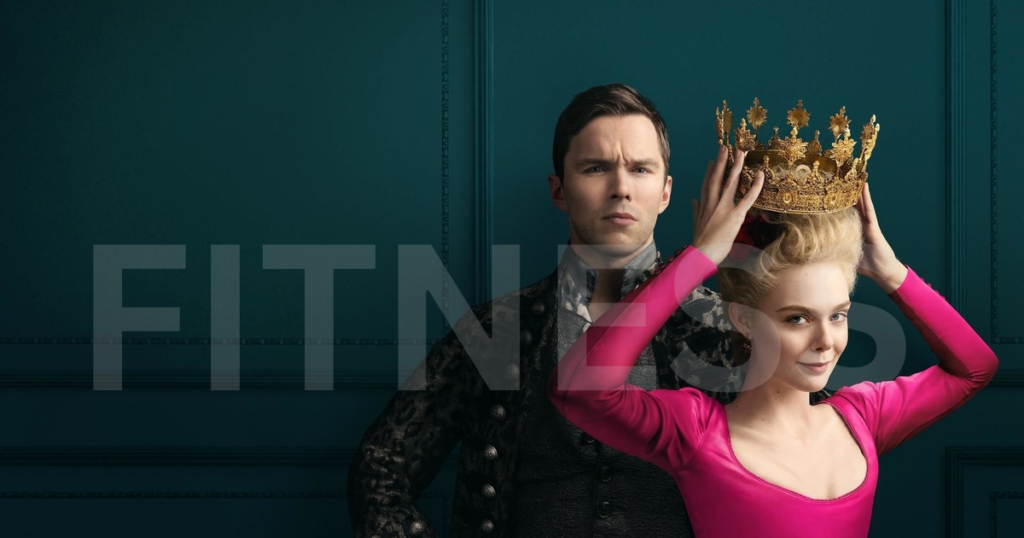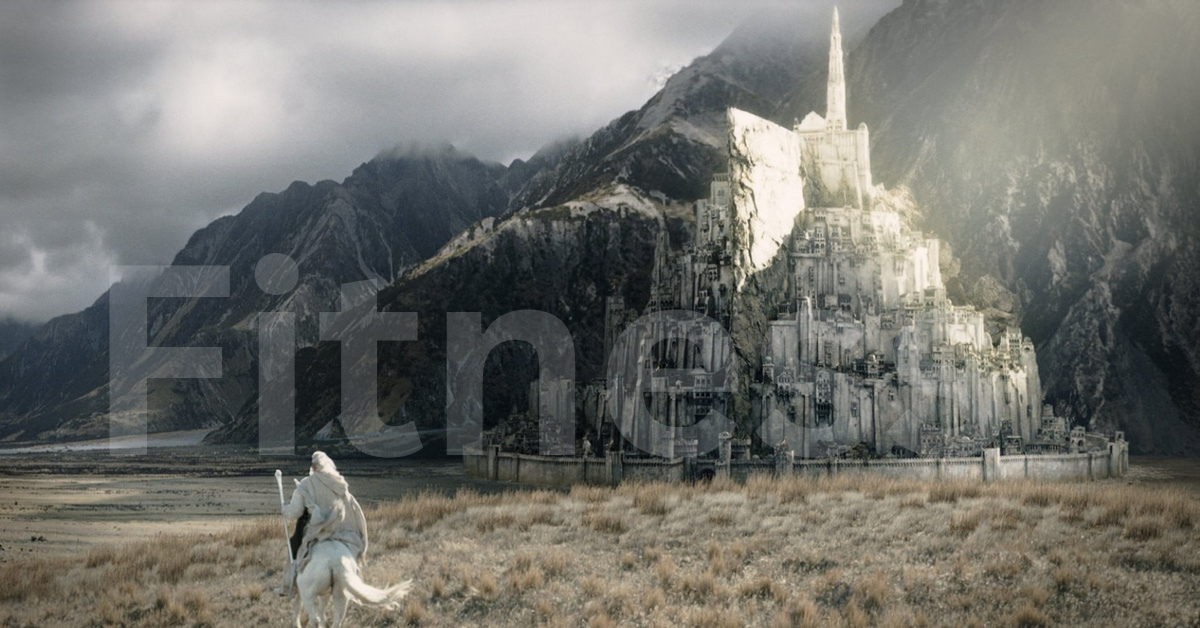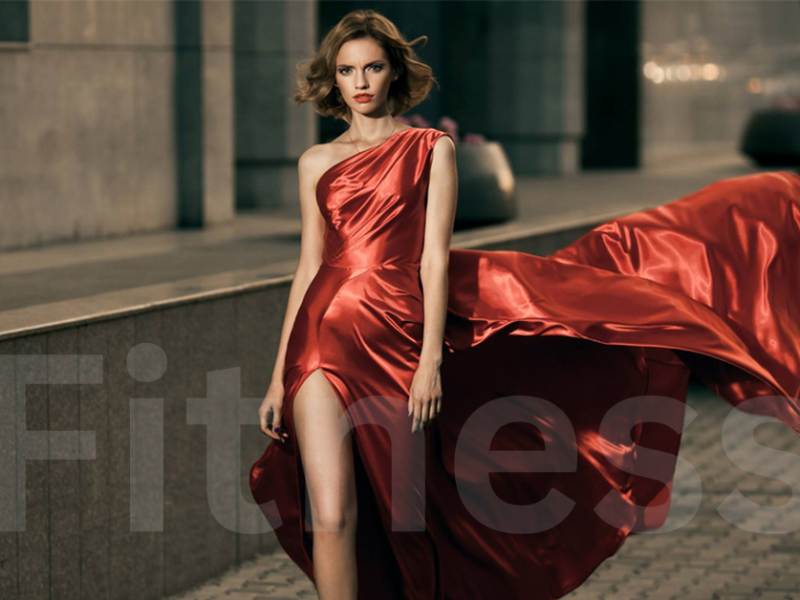The movie version of “A Great and Terrible Beauty” does a great job of turning a beloved book into a visual show. This opening sets the stage for a full look at how the movie came to be so how it was receive and how it has affected people for a long time.
Fans of the book were looking forward to seeing it made into a movie, and the choice to make “A Great and Terrible Beauty” a movie came from wanting to share the beautiful story with more people. The idea of turning Libber Bray’s rich fantasy into a movie was both exciting and difficult.
This article starts the adaptation process by breaking down the careful choices that went into writing the script so choosing a director and production team and making the most important acting decisions that would affect how popular characters would appear on screen.
A Great and Terrible Beauty Movie
Before we talk about the plot and characters, we talk about the main parts of the story and introduce Gemma Doyle so Felicity Worthington so Ann Bradshaw and Pippa Cross so who are her friends. We also look closely at the parts that are different from the book and think about how these changes add to or take away from the main idea of Bray’s writing.
The production and shooting part talks about the movie’s looks so from the places that were use for filming to the finer points of set design so outfits so lighting and visual effects. Additionally, we look at how important the music and score are to improving the general moviegoing experience.
As we look at reviews from both critics and audiences, critical response becomes a central theme that sheds light on the film’s strengths and weaknesses. The movie’s respect in the industry can be seen in its awards and nominees.
When you compare the movie version to the book version so you can do a critical analysis that looks at how true to the book it is so what important parts were left out or add and how that affects the dedicate fans.
The movie’s influence on society, later versions, and loyal fan group mean that it will live on long after it comes out. Behind-the-scenes problems o such as production problems and problems with how the play was receive so show how hard it can be to adapt a beloved work.
Background of “A Great and Terrible Beauty”
Historical Context and Genesis of the Novel
The imaginative Libba Bray wrote “A Great and Terrible Beauty,” which comes from a mix of historical inspiration and artistic talent. Bray skillfully crafts a story that takes place in the 1800s, using the complicated society of that time and the pull of the supernatural to do so. Among its themes are power so identity and Gemma Doyle so the book’s young main character and her battles against the rules of society.
Key Elements that Make the Story Unique
Within the pages of Bray’s book so readers will find a world that is a perfect mix of historical fiction so magic and mystery. Gemma finds that the magical worlds she explores are just as interesting as the demands of society. The story is strong not only because of its interesting plot so but also because it touches readers on a deeper so emotional level by talking about friendship so self-discovery and following one’s own path.
As readers learn more about the history of “A Great and Terrible Beauty,” they are taken on a literary journey that captures the spirit of a bygone age while also talking about problems that people still face today.
This part is like a basic exploration; it gives readers a background understanding of the book that sets the stage for its movie version. As we move on to the next part so it will become clearer how the book has changed into a graphic medium.
Significance of Adapting the Novel into a Movie
Exploring Reasons Behind the Decision to Adapt
Making a movie version of a book is usually done to make the story more accessible to a wider audience and to bring the author’s words to life through pictures. In the case of “A Great and Terrible Beauty,” the novel’s interesting plot so complex characters and possibility for stunning images were all very important. It became too tempting for both directors and fans to pass up the chance to see Gemma Doyle’s journey on the big screen, set against the mysterious Victorian society.
Expectations and Challenges in Bringing the Novel to the Big Screen
Putting written words into pictures has its own set of hurdles and standards so just like any other version. Fans of the book have very clear ideas about the characters and the places they live so which makes it hard to find the right mix between staying true to the source material and adding new ideas. The hard part is getting across the main ideas of the book while also taking advantage of the unique possibilities that a visual medium offers. The filmmakers had to keep the emotional depth of the book while figuring out the pros and cons of telling stories in movies.
In this part, we’ll talk about why it was decide to adapt “A Great and Terrible Beauty” and what hurdles and hopes came with such a big project. It makes it possible to look more closely at how the adaptation process worked, from writing the first draft of the script to choosing the director and production team.
Overview of “A Great and Terrible Beauty”
Concise Summary of the Novel
In the oppressive social rules of 19th-century England so “A Great and Terrible Beauty” takes place and introduces readers to Gemma Doyle. Gemma ends up at Spence Academy after a terrible event in her family. There so she finds a strange book that leads to a magical world. The story is about power so friendship and finding out who you are as Gemma and her friends deal with both the harsh rules of Victorian society and the risks of this magical world.
Introduction to the Author, Libba Bray, and Exploration of Genre and Themes
The author of the book, Libba Bray so tells stories that are a unique mix of historical fiction, magic, and coming of age stories. Not only does the story have a great plot so but Bray also writes about difficult topics like women’s rights so social standards and the conflict between the real and the magical.
As we read this part, readers will get a short but complete picture of the novel’s plot and the themes that Libba Bray weaves through it. This sets the stage for a more in-depth look at the adaptation process so including the choices that go into writing the script, choosing the director and choosing the actors.
Adaptation Process
Decision to Create a Movie
Making the jump from the captivating pages of “A Great and Terrible Beauty” to the big screen was not an easy choice. Filmmakers were interest in the book because it had a strong story so interesting characters and the potential to visually capture the complex balance between magic and historical fiction. We all wanted to share Gemma Doyle’s world with more people and bring the magical story to life, which is what led to the decision to start the adaptation process.
Screenplay Development
A good movie depends on its script, which is the plan that turns words into pictures. The movie version of “A Great and Terrible Beauty” was carefully craft to capture the spirit of the book while also making choices that would make it more appealing to moviegoers. Screenwriters had to figure out how to fit a long story into a reasonable amount of time while keeping the main ideas and making room for visual storytelling.
Director and Production Team
Picking the right director and production team was very important for making sure that Libba Bray’s idea was faithfully translate. Individuals chosen had to understand the novel’s ideas and be artistic enough to bring its complex details to life. The director and the production team worked together to make sure that the emotional appeal of the book could be capture and turned into a visual experience that people could relate to.

Casting Choices
Characters are cast is one of the most-anticipate parts of any remake. The artists who play well-known characters from literature can make or break the audience’s link to the story. For “A Great and Terrible Beauty,” the actors who were cast were carefully look at to see if they could bring Gemma Doyle so Felicity Worthington so Ann Bradshaw and Pippa Cross to life. The players’ performances had to match what fans imagined while also giving the characters new depths in a movie setting.
Plot and Character Analysis
Main Characters
The most interesting thing about “A Great and Terrible Beauty” is how the characters are intertwine with Gemma Doyle’s story. Gemma, the young woman who is dealing with sadness and learning about her magic so is the main character. The story is more interesting because of her friends Felicity Worthington so Ann Bradshaw and Pippa Cross. Each of them brings their own strengths and weaknesses to the story. The relationships between these people are what hold both the book and the movie together.
Gemma Doyle
Gemma, the main character of the book, goes through a huge change from a girl who is suffering to a strong person who challenges social rules. Her journey of self-discovery so which was affect by both the rules of Victorian England and the secrets of the magical world so shows how women can be strong.
Felicity Worthington, Ann Bradshaw, and Pippa Cross
Gemma’s friends at Spence Academy or Felicity so Ann and Pippa or each add something unique to the story. Felicity has a wild spirit and doesn’t always follow the rules. Ann struggles with who she is and what she wants, while Pippa learns how to be a friend and make sacrifices. Together, these characters make up a close-knit group that has to deal with every day and mysterious problems.
Key Plot Points
There is just the right amount of mystery, romance, and magic in the story. Key events in the story, like when Gemma finds out about the magical place and the group learns about its risks, build drama and interest. The end of the book, which is full of discoveries and sacrifices, changes the characters’ lives in ways that readers can relate to.
Changes from the Book to the Movie
A lot of the time, adaptations need to be change to work in the movie theater. By looking at how things changed from the book to the movie so we can learn more about the creative choices that directors made. Whether they are changes to the character arcs, more streamlined plots, or better visuals, these changes make the movie version special.
Production and Filming
Filming Locations
The places where “A Great and Terrible Beauty” was filmed are very important to making the story come to life. Filmmakers try to catch the spirit of the places in the book while adding a visual element. The shooting places add to the overall mood and realism of the movie so whether they are historical sites that create the feel of Victorian England or fanciful settings that create the feel of the magical realm.
Set Design and Costumes
The clothes and set design are very important to how the movie looks. The detailed recreation of Spence Academy so Victorian-era streets and the magical worlds needs a lot of close attention to detail. In the same way, clothes become a visual language that shows who the people are and what time period they live in. When set design and clothing design work together so they make a visual story that pulls people into the world of the book.
Cinematography and Visual Effects
The photography in “A Great and Terrible Beauty” shapes the story visually so showing both the grandiose and personal sides of it. When you put together the everyday and the magical, you need to be careful with your cinematography. The film’s magic comes from its visual effects so which can show magical elements or just make the movie more enjoyable overall. This part goes into the technical side of filming and looks at the choices that went into making the movie look the way it did.
Music and Soundtrack
Sound, like the music and score, is an important part of movies that goes well with what you see. The music in a movie so whether it’s original songs or carefully chosen tracks so sets the mood and adds to the emotional beats. The music becomes an important part of catching the mood of Victorian society and the supernatural parts of the story. When you look at the song choices so you can see how the filmmakers tried to make people feel like they were really in “A Great and Terrible Beauty.”
Critical Reception
Reviews from Critics
How well “A Great and Terrible Beauty” does artistically and in terms of its story can be judge by how well it does with critics. Some critics talk about the movie’s pros and cons and how well it matches the spirit of Libba Bray’s book. The movie is judge by how well the actors do, how well it sticks to the source material and how enjoyable the movie is to watch as a whole.
Audience Response
The audience’s reaction is just as important because it shows how the movie affect people who had read the book or were introduce to the story for the first time. The film’s ease, emotional impact, and ability to engage a wide audience can be judge by how people respond to it, whether that’s through reviews, social media, or box office numbers.
Awards and Nominations
Awards and nominations from professionals in the field show how important and well-made the movie is. Award events and nominations in the right areas, like acting, photography, or sound design, show that the movie is a good one. Knowing what praise “A Great and Terrible Beauty” got helps you understand its place in the history of movies.
Comparison with the Novel
Faithfulness to the Source Material
One of the most important things to think about in any version is how true it is to the original. When it comes to “A Great and Terrible Beauty,” this part looks at how well the movie kept the main ideas of Libba Bray’s book. The accuracy rating looks at all the little things that make a version work, from how the characters are portray to how important story points are changed.
Omissions and Additions
When turning a book into a movie, it’s often necessary to make smart decisions about what to include and what to leave out. In this part, we’ll look at the choices directors made to simplify the story while keeping it logical. Any important changes to the plot or character arcs are also look at to show how these decisions affect the general moviegoing experience.
Impact on the Fandom
How well a remake does with the current fan base is a key part of its success. To figure out what effect it has on the fans, you need to know how loyal readers react to the movie adaptation. This part talks about how the film’s relationship with its existing followers changes over time, looking at whether it stays true to fans’ standards or adds new elements.
Legacy of the Movie
Cultural Impact
“A Great and Terrible Beauty” has left a lasting mark on popular culture over the years since it came out. This part talks about how the movie affected bigger discussions and trends in the entertainment world. Even after all these years, the movie is still having an effect on culture, whether it’s on fashion, fan art, or social conversations.
Influence on Subsequent Adaptations
When you look at the movie’s impact, you can see how it affect other movies that were made into versions. Did the success or problems with “A Great and Terrible Beauty” change how other books were adapted? Looking at this effect helps us understand how the movie change the way books are turned into movies.
Fanbase and Continued Interest
A loyal fan group that has been around for a long time shows how influential the movie was. This part talks about how the movie’s memory is kept alive by fan activities like fan groups, events, and online communities. People are still interest in the movie years after it came out, which shows how important it is to them.
Behind-the-Scenes Challenges
Production Challenges
From book to movie, there are some challenges along the way. This part talks about the problems that happen behind the scenes while “A Great and Terrible Beauty” was being made. From problems with logistics to differences over what should be done so knowing what problems were face gives you an idea of how hard it is to turn a beloved book into a movie.
Reception Challenges
After the movie came out, it had some problems with how people felt about it. The story around the movie is made up of reviews so reactions from the crowd and maybe even emotions that weren’t planned. This part talks about how the movie dealt with and sometimes got around problems when it came out, showing how complicated it can be to turn a book into a movie.
Lessons Learned
Every movie, but especially versions, can teach us something. Both wins and failures teach filmmakers, directors, and the creative team new things. This part talks about what we can learn from making and seeing “A Great and Terrible Beauty.” It gives us a more complex view of how to turn books into movies.

Future Prospects
Possibility of Sequels or Spin-offs
When a movie version does well, people often start to think about possible sequels or spin-offs. This part looks at whether “A Great and Terrible Beauty” set the stage for more books in the series. Looking at any formal statements so talks between directors or fan-led efforts for sequels shows that people are still interest in growing the movie world that the first version made.
Relevance in Contemporary Media
Since time goes on, a movie’s importance in today’s media environment changes. This part talks about how “A Great and Terrible Beauty” fits into today’s culture and movies. Understanding the film’s relevance gives you a quick look at how important it will stay over time, whether its themes are still powerful, its style affects modern storytelling, or its effect lasts through repeated viewings.
Conclusion
Overall Assessment
The last part of this article is an in-depth analysis of “A Great and Terrible Beauty” as a movie version. We give a general opinion on how well the movie brought the magic of Libba Bray’s book to the big screen by reviewing key points from the previous parts. This includes thinking about the things that work well to help the change happen and the things that could have gone wrong and affected how it was received.
Lasting Impression
This part talks about how the movie made an impact that will last. In what ways has “A Great and Terrible Beauty” stayed with people? We look at the things about the movie that have made it so famous, such as its classic scenes, great acts, and cultural effect.
Reflections on the Movie’s Place in Film History
In the last part of this piece, we’ll talk about what “A Great and Terrible Beauty” means in the bigger picture of film history. What effect did it have on the world of adaptations, and how does it fit into the bigger picture of movie storytelling? This look back at the movie shows where it fits in the timeline of movie history, recognizing its unique place and impact.
FAQs (Frequently Asked Questions)
How faithful is the movie adaptation of “A Great and Terrible Beauty” to the novel.
The movie version of Libba Bray’s book tried to capture the spirit of the book while also making changes to fit the movie format. Even though some things had to be change or left out for the movie version, the directors tried to keep the main plot and character relationships that made the book so popular.
Were there any challenges faced during the production of the movie.
“A Great and Terrible Beauty” had both creative and practical problems, as many movie projects do. There are a lot of things that go into making a movie based on a beloved book, from bringing the magical elements to life on screen to meeting the needs of a loyal fan group.
Did the film receive any awards or nominations.
Many awards and nominations for the film show how well it was received by critics. Awards in areas like acting, photography, and sound design showed how important and well-made the movie was in the business.
Is there a possibility of sequels or spin-offs following the movie.
The story talks about the possibility of more movies in the series, taking into account official statements, conversations between filmmakers, and campaigns run by fans. A good remake often opens the door for sequels or spin-offs, but it still depends on a lot of things, like how much interest there is in the original story and how the business works.
How does the legacy of “A Great and Terrible Beauty” impact contemporary media.
The story looks at how relevant the movie is to modern culture and movies, and whether its ideas, style, and effect have stood the test of time. The fact that the movie is still talked about in modern media shows how important it is.


